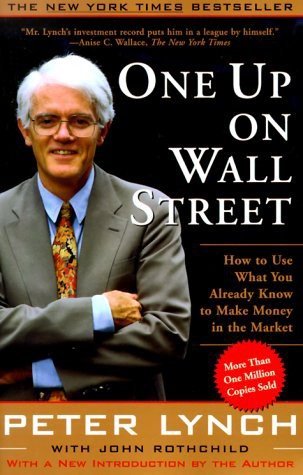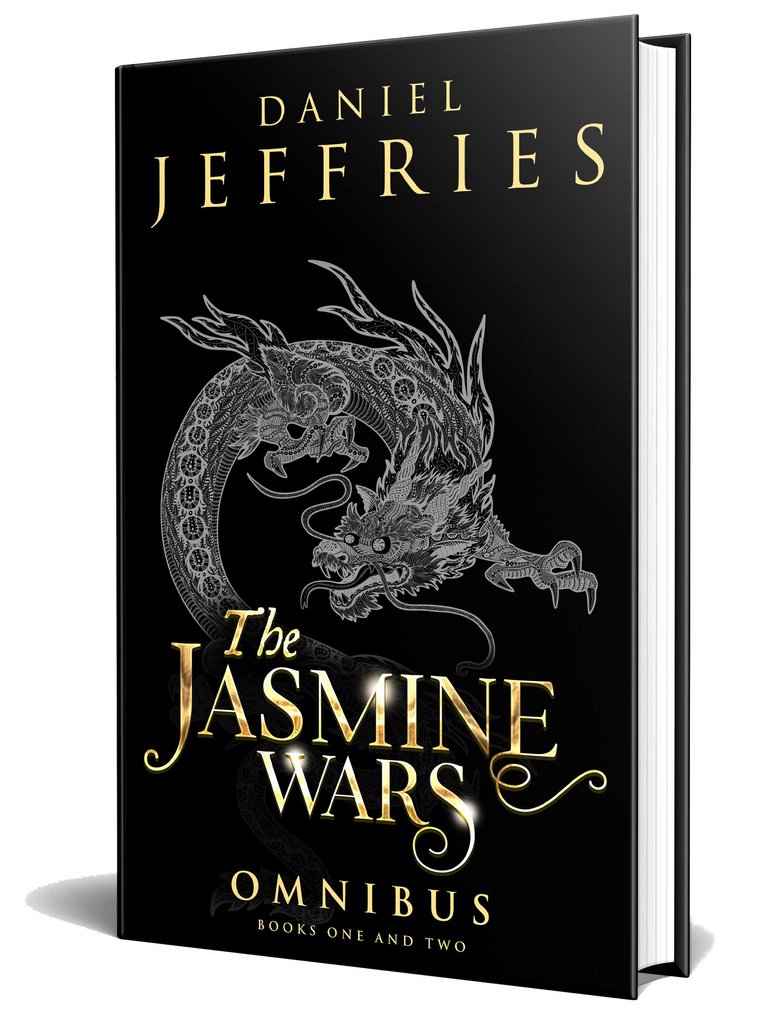
There’s a new way to raise money in town. It’s called an ICO, or Initial Coin Offering, and it’s poised to change the world. Andreessen Horowitz partner Balaji Srinivasan calls them “Kickstarter on steroids.” ICO’s raised more than $150 million since January and more companies are looking to them as a game changer. Others see only a big bubble. Both of these descriptions fail to tell the whole story.
It’s both of these and neither of them. There is a bubble and it will blow up and it doesn’t matter in the least. Here’s why:
Even when the bubble pops, ICOs are here to stay.
That’s because what we’re looking at is an entirely new kind of hybrid financial asset.
Because they’re something new, very few people fully understand them. On the surface, they look like something we already know but they’re actually something completely different. That’s why the Kickstarter line really resonates. You hear and it and think “OK, now I get it.” Except you probably don’t.
That’s no surprise really. In Chris Dixon/Morgan Housel’s ten stages of “How People Respond to Life-Changing Inventions” cryptocurrency and blockchain tech sit somewhere in between:
№2: “I’ve heard of it, but I don’t understand it.”
№3: “I understand it but I don’t see how it would be useful.”
I’d modify number three to “I think I understand it, but I don’t and I don’t see how it would be useful.”
If people really understand something, they have no trouble seeing its utility.
There are lots of reasons people don’t really get ICOs. Let’s take a look at a few of them.
The first is that seeing the future is a rare skill. Nobody can do it perfectly, but most people can’t do it at all. As a lifelong sci-fi fan and author, I spend a lot of my time gazing into the mists of tomorrow. It’s my default way of thinking. But the average person is firmly rooted in right now. Eat. Drink. Fight with the significant other. Raise kids. Go to work. Go to sleep. Wash. Rinse. Repeat. There’s no time or interest in the future. Even if they wanted too, they can’t take a current development and project its trajectory forward. They’re just not wired that way.
The second problem is that we’ve really got two brains, the lizard brain and a higher brain. The book “Pitch Anything” by Oren Klaff, calls it the croc brain. Same thing. The lizard brain has several basic functions, which are nothing but simple heuristics.
Is it a threat? Fight it or runaway.
Is it boring? Ignore it.
Is it new? Summarize it as quickly as possible, by relating it to something I already know, and forget it fast.
It also has one final function that it looks to avoid at all costs:
- Only if something is entirely new should it get passed to the higher brain for further processing.
The reason is simple. Deeper thinking (aka higher processing) costs energy. Lots of it. And you may need that energy to survive. So the lizard brain looks to save up as much energy as possible just in case you have to fight your way out of a burning car or dodge a snake bite. The lizard brain still lives in the jungle. It’s wired for pure survival.
But if you want to understand the future, you have to cultivate a passion to push beyond the lizard brain. It’s basically utterly useless for seeing long term. It’s only good at predicting the next few seconds, like “that snake is going to bite me.” Unfortunately, a lot of folks spend their entire life at this level of interaction with the world and that means they’re absolutely doomed to misunderstanding all they see. Living is easy with eyes closed.
The third problem is that it’s tempting to dismiss ICOs because they look a lot like things we already understand, even if we have dedicated some higher brain power to musing about their potential. If something looks like a duck and quacks like a duck, it’s probably a duck. Except when it’s a black swan instead.
Some things quack but they ain’t no ducks.
Let’s look closer.
The Black Swan
Kickstarter on steroids is a great tag line. But it’s more than that:
ICO’s are fundraising systems but they’re also a bit like a share in a project or company. They’re also an independent store of value, and a tradeable asset that acts like a currency and a futures contract.
That’s a lot, so let’s unpack those.
Obviously, cryptocurrencies have the potential to be real currencies that people exchange for good and services. That’s nothing like a crowd sourcing website. When I invest in a board game company on Kickstarter I might get a pack of stickers, a signed poster, a figurine or some other token of the company founder’s appreciation. I get no stock. I might also get first crack at whatever product the company plans to produce in the future before anyone else. That is essentially like buying a soon-to-be-released book on Amazon. I may or may not get it on time. But what I do not get is to share in the success of the company. They got my money, I got a nice t-shirt and they keep all the profits. That kind of sucks.
With ICO’s I get a lot more. I do get to share in the success of the company or project though not directly, like I would with a traditional company’s stock. Instead I benefit from the entire ecosystem’s success. That means I’m incentivized to maximize both the good for me and for the whole. Let’s say someone is building the decentralized Internet of the future, and one of the apps on their infrastructure really takes off and makes decentralized apps totally mainstream. That means celebrities are hawking their famous mugs on a decentralized Instagram and hot chicks are selling weight loss tea to their 7 million followers. When an app like that takes off, the DecNet itself goes up in value, which means the cryptocoin is likely to increase in value.
Even better, I may get value from the currency even before the project delivers.
The Basic Attention Token recently raised $50 million in 24 seconds. They don’t actually have a working project. Yet the BAT is now trading on cryptocurrency exchanges like Bittrex. People are buying and selling it. What are they buying and selling? They’re essentially betting on the future success of the project, hence it’s a bit like a futures contract, though the analogy is not perfect. Remember this is something entirely new and not a perfect analog to things past.
Even more importantly though, it’s an independent store of value. How so? Well, a project may be nothing but a coin, a tiny iteration on Bitcoin, like Vertcoin, which bills itself as “Bitcoin upgraded.” That’s exactly what it is, basically Bitcoin that is ASIC resistant, meaning it’s harder for mining to become centralized. But a project could also be much more than that. Waves is looking to be an entire platform for building new coins and designing smart contract applications. The platform may or may not take off. But here’s the thing, the coin that funded the project may remain, even if the project fails. If people like the properties of the coin, such as the anonymity properties of something like Zcash, then the coin could prosper even if the project and its original founders fade away.
Nothing like that exists today. If you buy stock in a company and that company goes out of business, your stock is worth zero. But your cryptocoin might still hold value long after a project turned to dust and that’s an incredible breakthrough. It means you still may get an ROI even without the company succeeding.
Think about that for a second.
If the Kickstarter project never makes your super snazzy new travel pillow or new fantasy board game, you get nothing. You got your t-shirt and that’s that. But you’ve still got a chance to make money on an ICO whether the project takes off to the moon or goes quietly into that good night.
I can think of no other financial instrument on the planet that gives you that kind of flexibility.
Let’s summarize. An ICO gives you coins that:
- You can use to buy goods and services, like a currency.
- They can go up in value, like stock, if a project or company succeeds.
- They’re like a futures contract because you’re making a prediction about the future success of a company/project.
- Lastly, they’re an independent store of value that can succeed even if the company/project fails.
Those properties make ICOs entirely unique.
But let’s talk about the one elephant in the room too.
Bubbles, Bubbles Everywhere
ICOs sound super cool but if they’re just a big bubble are they still worth it?
Oh yeah.
In fact, I completely expect a crash and I don’t care in the least. I’m still investing. Here’s why.
There is no better ROI than cryptocurrencies right now and I see that holding into the future, even with a bad crash.
Even better, to be successful investing in cryptocurrencies you don’t have to be right that often. The great thing about these coins is that you can dive deep with a project. You can check out their tech, read their white papers, talk to their developers in Slack. That means you’re doing your due diligence and if you’re good at it, and you understand the technology, you can learn more that way than you ever would about some remote company who’s campus and manufacturing plants you’ll never visit and that you only read about on Google Finance.
So let’s talk about a sound investment strategy. How do you survive and prosper even with a bubble?
Old school value investing.
Think Warren Buffet and Peter Lynch.

In “One Up on Wall Street”, legendary mutual fund manager Peter Lynch talks about his key investment philosophy. He would look for good deals in every day life. If his wife or kids came home with a new store’s shopping bag, he was researching the hell out of them. Here’s the thing though, most of his investments still didn’t pan out. 80% went to crap. It’s just that the other 20% were home runs, 10x, or 100x run ups. You can apply the same principals to ICOs.
Let’s say that you buy 10,000 coins of a small project, right after their coin starts trading and you get it for 20 cents a coin. That means you invested a mere $2000 bucks. Maybe you end up doing that with twenty different projects that look promising so you’re all in at $40,000. Your plan is to hold them for two or three years, storing them safely in cold storage and not day trading to try to catch some of those insane up and down swings.
Now fast forward three years. 80% of your coins have gone to zero. That means you lost your $2000 investment in 16 coins, for a total loss of $32,000. Ouch, you’re thinking. That hurts. It sure does. But here’s the good news.
The other 20% succeed and they go up dramatically in value, as cryptocoins tend to do. Remember that every year we celebrate Bitcoin Pizza day on May 22, to commemorate the first time someone persuaded a real world shop owner to sell them something in Bitcoin. Back in 2010, Laszlo Hanycz persuaded a shop owner to accept 10,000 Bitcoins for two large pizzas, one of the first real world transactions with the then unknown digital money.

At the time the coins were worth about $41 USD. Now every year someone writes a variation on the story that goes something like “How much are those pizzas worth now?” A few years ago those 10,000 Bitcoins were worth $7 million USD. Today they’re worth about $27 million. In a few years they will likely be worth $100 million.
Now here’s the bad news. You probably missed Bitcoin’s run. Even I missed a lot of its early value. I was trading it at $12 and $200 and $400 and I got disheartened by the crypto winter, a time when everything went flat after some serious early fiascos. The early exchanges were janky, sometimes they went offline or got robbed and in general swapping USD to Bitcoin was a pain. So I mostly sat on the sidelines, even though I believed in their long term value. I was not alone. You can still play the game now but the buy-in is much higher.
Still, all is not lost.
Imagine that some of these other projects you invested $2000 in deliver real world value in two or three years and people are using those decentralized apps like crazy on their smart phones. Girls are sending cat stickers to their friends. People are dating and chatting and trading things. In short, the ecosystem is booming.
How much is that $2000 investment now?
Well let’s see. After you account for the $32,000 you lost, it looks a little like this: Pretend that two go up 10x, one goes up 100x and one is a dream score and it goes up 1000x. What does your ROI look like now?
$2.2 million dollars.
I’ll take that ROI any day.
There is no other financial instrument on the planet that holds that kind of
potential. Period.
Good luck.
Happy investing.
###########################################
If you love the crypto space as much as I do, come on over and join DecStack, the Virtual Co-Working Spot for CryptoCurrency and Decentralized App Projects, where you can rub elbows with multiple projects in the space. It’s totally free forever. Just come on in and socialize, work together, share code and ideas. Make your ideas better through feedback. Find new friends. Meet your new family.
############################################
If you enjoyed this article, I’d love it if you could hit the little heart to recommend it to others. After that please feel free email the article off to a friend! Thanks much.
###########################################

A bit about me: I’m an author, engineer and serial entrepreneur. During the last two decades, I’ve covered a broad range of tech from Linux to virtualization and containers.
You can check out my latest novel, an epic Chinese sci-fi civil war saga where China throws off the chains of communism and becomes the world’s first direct democracy, running a highly advanced, artificially intelligent decentralized app platform with no leaders.
You can get a FREE copy of my first novel, The Scorpion Game, when you join my Readers Group. Readers have called it “the first serious competition to Neuromancer” and “Detective noir meets Johnny Mnemonic.”
You can also check out the Cicada open source project based on ideas from the book that outlines how to make that tech a reality right now and you can get in on the alpha.
Lastly, you can join my private Facebook group, the Nanopunk Posthuman Assassins, where we discuss all things tech, sci-fi, fantasy and more.
Highly rEsteemed!
Yup! THIS 1s a Keeper!
Very nice write up. There is a huge amount of new ideas being launched every day. Only some will survive but you will want to be part of those winners.